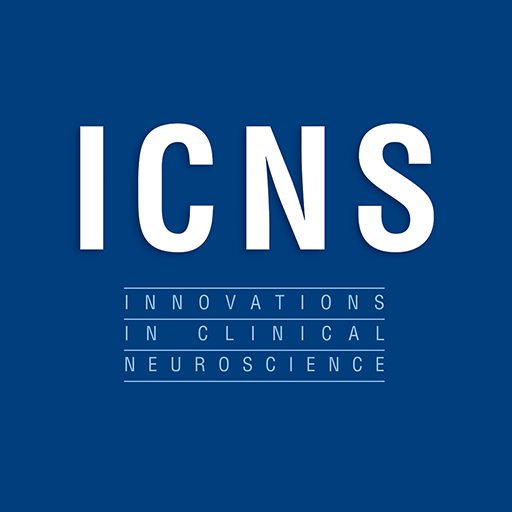
“Since 10 March 2017, physicians have been allowed to prescribe cannabis to patients with serious illnesses and in the absence of alternative therapies. Patients can obtain it as dried flowers or extracts in standardised pharmaceutical quality by prescription (narcotic prescription, except for cannabidiol) in pharmacies. When prescribing, physicians have to take a few things into account. The first step is to decide which therapeutic effects are to be achieved and which is the most suitable cannabis product. Cannabis for medical use must meet the requirements for pharmaceutical quality. An identity check must be carried out in the pharmacy on the basis of the monographs of the German Pharmacopoeia (DAB) or the German Pharmaceutical Codex/New Prescription Form (DAC/NRF). For the production of prescription drugs, e.g. capsules, drops or inhalates, there are also corresponding monographs for the preparation of prescription drugs. These standardised, quality-assured prescription formulas should be given preference in the case of a medical prescription. When prescribing an oral or inhalative form of application, it should be noted that the onset and duration of action are very different. Also, due to the complex pharmacology of cannabinoids, interindividual genetic differences in the metabolisation of ∆9-tetrahydrocannabinol (THC), the individual structure and function of the cannabinoid receptors, as well as differences in receptor density and distribution, the dosage and frequency of application must be individually determined. Last but not least, the dosage also depends on the type of disease and individual susceptibility to side effects. When prescribed for the first time, a creeping dosage with a very low initial dose is recommended.”
https://www.ncbi.nlm.nih.gov/pubmed/31187182
https://link.springer.com/article/10.1007%2Fs00103-019-02970-6


 “Chronic pain may be treated by medical cannabis. Yet, there is scarce evidence to support the role of medical cannabis in the treatment of fibromyalgia. The aim of the study was to investigate the characteristics, safety, and effectiveness of medical cannabis therapy for fibromyalgia.
“Chronic pain may be treated by medical cannabis. Yet, there is scarce evidence to support the role of medical cannabis in the treatment of fibromyalgia. The aim of the study was to investigate the characteristics, safety, and effectiveness of medical cannabis therapy for fibromyalgia.





 “Night sweats significantly impact the quality of life for cancer patients and are often resistant to treatment.
“Night sweats significantly impact the quality of life for cancer patients and are often resistant to treatment.